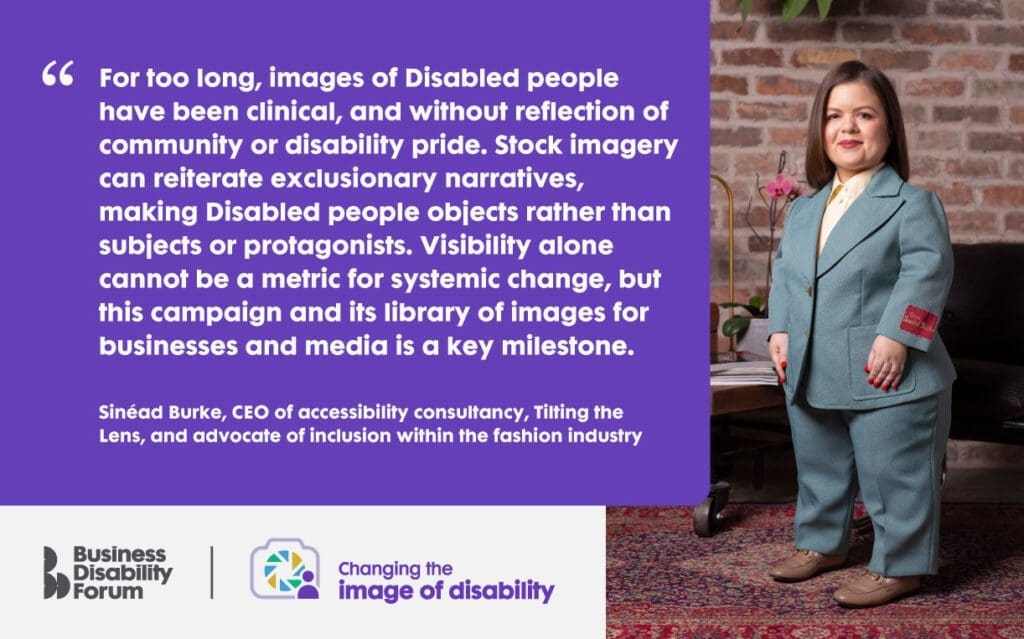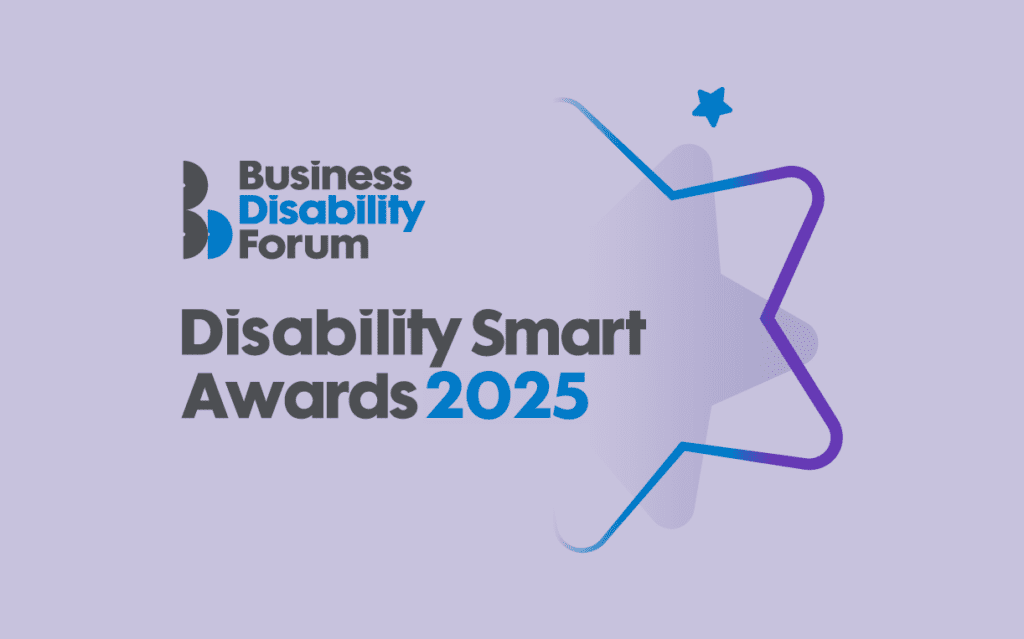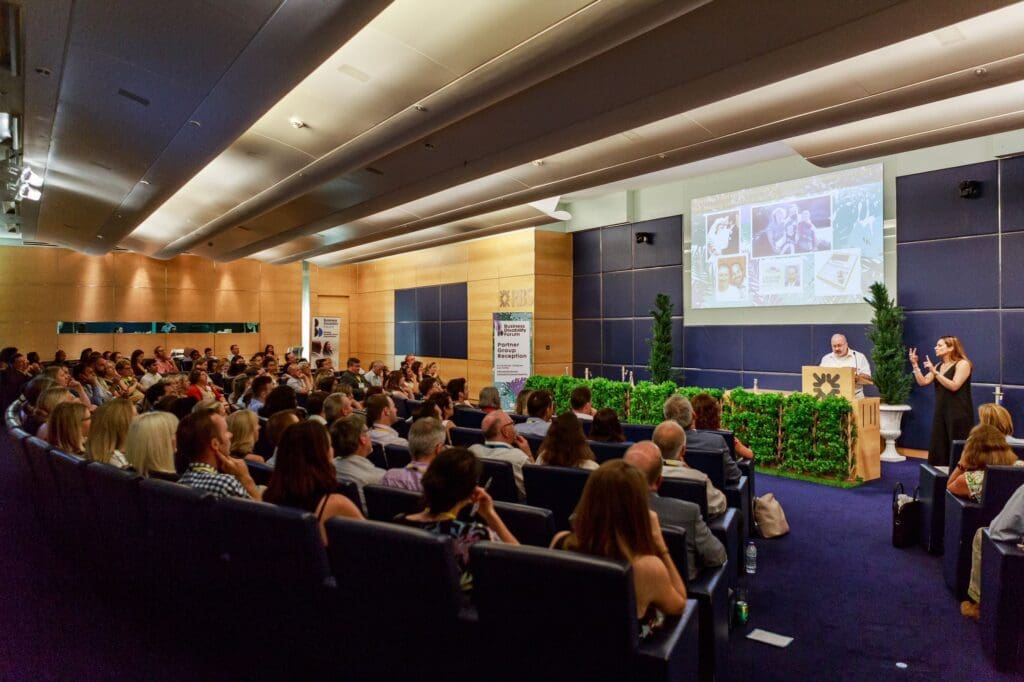About Changing the image of disability campaign
Find out more about why we've created this campaign and all the resources available.
Why do we want to change the image of disability?
1 in 4 people in the UK has a disability and 1.3 billion people globally. Despite this, disabled people are often underrepresented or misrepresented in the images that we see in the media, advertising and marketing.
In a survey conducted for us by Ipsos:
- 32 per cent of UK adults surveyed had not seen any disability represented in content they had seen, watched or read in the last 6 months.
- Fewer than 23 per cent of people surveyed with a disability agreed that images of disabled people used in content they had seen, watched or read reflected their own experience of disability.
Disabled people are often shown in images in an unrealistic or negative way, either as superheroes or as people who must rely on others, when neither is true. The portrayal of disability in images can also be very narrow, focusing on just a few disabilities, for example a disproportionate focus on wheelchair users when fewer than 1 in 10 disabled people in the UK use a wheelchair. In reality, the term ‘disability’ is broad. It can describe neurodiverse and mental health conditions as well as physical disabilities, and around 80 per cent of disabilities are not immediately visible.
Having a disability is also only one part of a person’s identity (and for some disabled people it may not be part of their identity at all). Disabled people are as diverse as non-disabled people, but this is rarely represented in the images we see.
Research with our Member organisations showed that businesses wanted access to a more representative and authentic range of disability-related images for use in their communications, and clearer guidance about how to select, commission and use images in a disability-smart way.
Campaign aims
Our Changing the image of disability campaign aims to increase representation and improve how disabled people and disability are portrayed in images. We want to:
- Increase representation of disabled people in imagery.
- Improve public, business, and media perceptions of disability.
- Increase awareness of the diversity of disabled people and disability.
- Create a more authentic and realistic view of disability.
This campaign has been shaped by disabled people, as models, advisers and research participants, and a diverse steering group including DEI professionals, communications and brand leads, not-for-profit organisations, picture editors, journalists and more.
Campaign resources
- Guidance on how to select, commission and use disability-smart images
- Disability Smart Image Bank: 700+ disability-smart images for free download and use (BDF membership only)
- 60 free disability-smart images for use by the media
- Ten principles of disability-smart imagery
- Research findings
- Changing the image of disability webinar
Information for the media
Interested in covering the story of ‘Changing the image of disability’?
- Check out our Information for the media page.
- Meet our campaign supporters.
Contact us
If you have any questions or feedback about ‘Changing the image of disability’, please email us.
Want access to all the Changing the image of disability resources? Find out more about joining us.

If you require this content in a different format, contact enquiries@businessdisabilityforum.org.uk.


